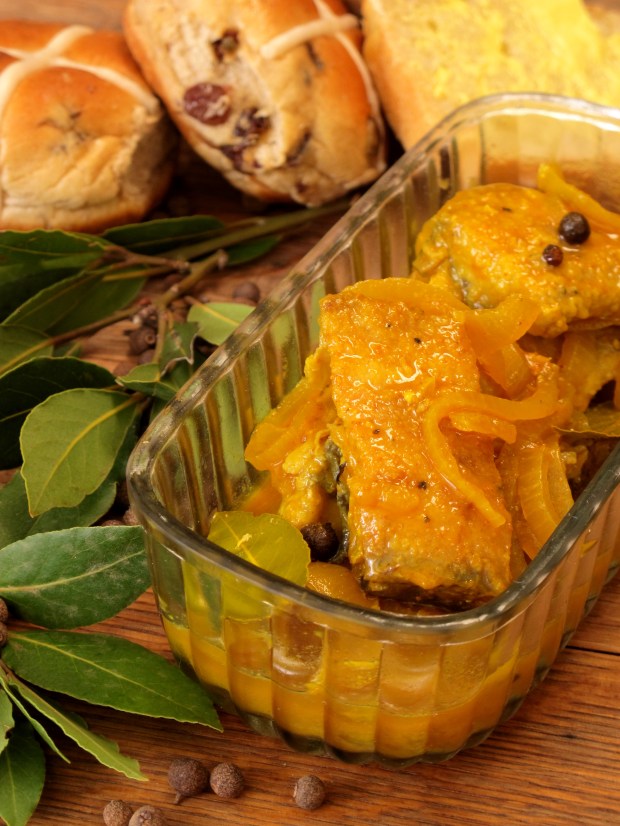As I have said in previous posts, bredies are an inescapable part of traditional South African cuisine and are, to many, the quintessential definition of South African huiskos (home cooking). And whilst tomato bredie may rule supreme in most kitchens, there are a number of different types of bredies that remain popluar, green bean bredie being chief among these.
Although less stew-like than it’s tomatoey cousin, the green bean version retains the key element that separates a bredie from a regular stew, that being that no liquid is added during the main cooking process. Instead of simmering in a liquid like a conventional stew, a bredie is self-saucing. Other than an initial splash of water when cooking the onions, absolutely no water is added to a bredie and its flavour is purely formed from the rendered juices from the lamb and the steam from the cooking vegetables, resulting in a dish that transcends its humble basic ingredients.
That said, I personally believe that green bean bredies can be a tad dry and can actually benefit from a bit of water after (and only after) the cooking process is complete. Controversial I know, but adding a dash of water when reheating the bredie will not only aid in warming the dish through, it will also ensure that the bredie’s wonderful flavours are given a chance to truly come to the fore.
 As with my version of tomato bredie, I have drawn inspiration from Cass Abrahams‘s recipe, albeit with some unorthodox cooking methods of my own. Cass Abrahams is widely regarded as the reigning queen of Cape Malay cooking and her recipes are often the launching point for many of my own.
As with my version of tomato bredie, I have drawn inspiration from Cass Abrahams‘s recipe, albeit with some unorthodox cooking methods of my own. Cass Abrahams is widely regarded as the reigning queen of Cape Malay cooking and her recipes are often the launching point for many of my own.
When I initially attempted to make bredies my efforts were a tad watery and the meat would often come out a little tough. My first few efforts were so bad, they were given an unequivocal thumbs-down by my bredie-loving partner! Devastated, my early failures were enough to put me off making bredies for many years! When I eventually built up enough courage to attempt a bredie again, I decided that I needed to reinvent the cooking process to deal with my bredie-deficiencies.
I started by addressing my “watery” sauce. This was solved by first dredging the meat in seasoned flour before browning it thoroughly, resulting in a “fuller” finish to the sauce. To deal with my tough meat disasters, I decided to cook the bredie in the oven and not on the stove as it is typically done. Whilst I cook my tomato bredie in the oven for the entire cooking time, I only do so for the first half of the recipe when making green bean bredie, as I find the vegetables render superior flavour from being cooked on the stove-top. Either way, bredie traditionalists would be mortified by my preferred cooking method, but I find that cooking it in the oven helps creates an intensity in the gravy that you wouldn’t otherwise get when cooking it in the conventional way. I have been making all my bredies in this way for many years now and they have always been a success, the meat is invariably melt-in-your-mouth tender and the sauce is thick and bursting with flavour.
If you would like to read more about South African food please follow this link or for more South African recipes, please click here
Click here for the recipe






